Dharamsala is located in the district of Kangra in Himachal Pradesh. What many people don’t know is that there are two parts of the city. One is known as Lower Dharamshala, which is its commercial center and dotted with markets, courts and the famous Kotwali Bazaar, where you come across items of everyday use. Upper Dharamshala is home to Mcleodganj as well as other structures which remind you of its colonial past. The two different parts of the city have something different to offer. As a tourist, it offers you the opportunity to unwind and take in the beauty of the surroundings.
The colossal snow dressed peaks of Dhauladhar Range overlook Dharamsala at all times. The much talked about Tibetan Buddhist culture can be seen at Mcleodganj, which is dominated largely by the Tibetan community. It is a suburb of the city, and is situated at an impressive height of 2,082 meters. Here, the main street is dotted with shops selling Tibetan arts & crafts, along with eateries that serve a variety of Tibetan dishes, from Thenthu to momos. Most of the market centers around the Tsuglagkhang Complex, which is the official home of the 14th Dalai Lama. Naturally, it is a pilgrimage site for Tibetan exiles. Tourists visit it to see the Dalai Lama, explore the museum, watch the monks debate and just revel in the positive vibes exuded by the place.
After you are done seeing the Tibetan side of Dharamshala, head towards the St. John’s Church in the Wilderness, which is a grand structure from the days of the British Raj. Constructed in 1852, it is built in the neo-Gothic style of architecture. It is one of the few buildings in the region which remained intact despite the devastating earthquake of 1905. Lord Elgin was buried in its compounds. While visiting it, watch out for its Belgian stained glass windows.
Bhagsunag Falls is another place to visit during your trip to Dharamsala. From a distance, it resembles a long white silk sheet which is split in two as it approaches the base. It lies in close proximity to Mcleodganj and the Bhagsunag Temple. It is best to visit the waterfall from July to September. Dharamshala has a rich past, and visitors are introduced to it at Kangra Art Museum. To reach it, you have to head towards Kotwali Bazaar. It is not big in size, but contains an interesting collection of items. Some of these are the famous miniature paintings of Kangra, arts and crafts, and sculptures that date back to the 5th century.
In one section of the museum, you can see the traditional dress of the region, while in the other, you come across old carved doors, pandals and furniture, all used by royalty in the past. Its collection also includes coins, manuscripts and jewellery. Norbulingka Institute is another place which you should not miss visiting during your trip to Dharamshala. No sooner do you enter it, than you are greeted by Japanese styled gardens, lots of trees and the distinct style of Tibetan architecture. Among the other tourist attractions of Dharamshala is the War Memorial. It is difficult to miss this one, as it is located at the entrance of the city. It is the silence and the opportunity of spending time in the company of nature that draws people towards it, apart from its obvious historical significance.
Dharamshala is also home to several temples, with the two most famous among them being the Chamunda Devi Temple and Kunal Pathri Temple. Of these, Chamunda Devi Temple is located about 15 km from the main city of Dharamsala. It is revered as a Shakti Peeth and is a part of the Char Devi Temple in Himachal Pradesh. The temple reveres the goddess in her most fearsome form, as a destroyer of evil. Even though you may find it crowded, you will find the visit to be rewarding. The water tanks inside the temple complex are believed to be about 700 years old. The other temple, Indru Nag Temple, affords lovely views of Dharamshala and is noted for its serenity. It is associated with an interesting legend according to which, Lord Shiva blesses a demon who worships him deeply but is ultimately transformed into a snake after being cursed by a saint.
Then there is the Gyuto Monastery, which was built in 1989 to commemorate the receiving of Nobel Peace Prize by the Dalai Lama. It was formally inaugurated by him in 1996. Set against the backdrop of the mountains, the monastery is painted in a deep yellow color which makes it visible from a distance. You have to climb a good number of steps to reach the entrance. Inside the temple, thangkas hang from the ceiling of the temple. There are statues of Lord Buddhas and other deities on the altars.









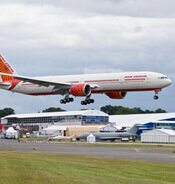
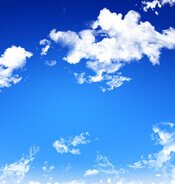
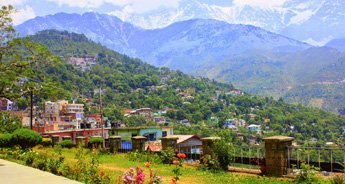



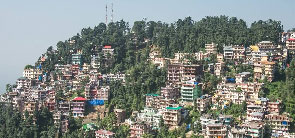






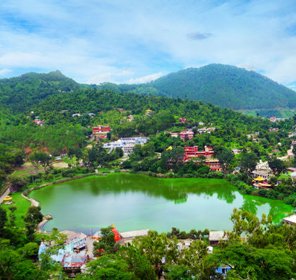




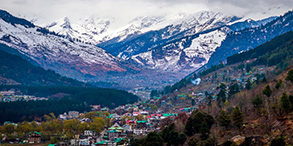


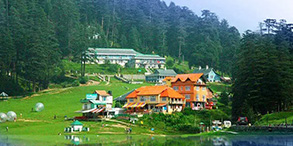
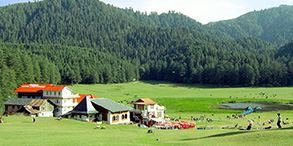
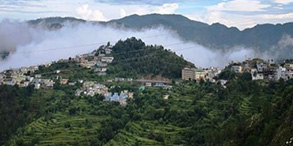
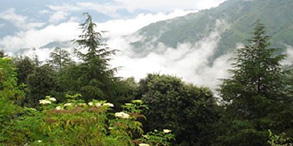
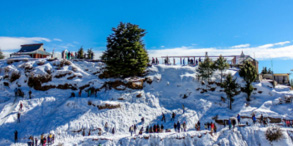


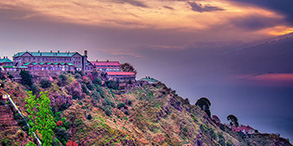
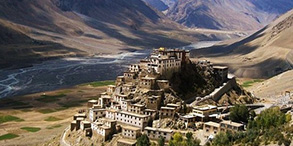
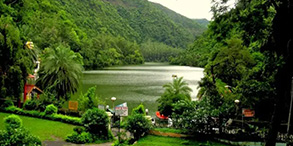
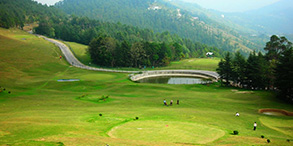


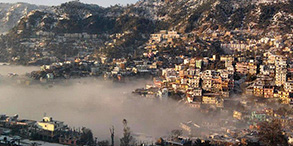
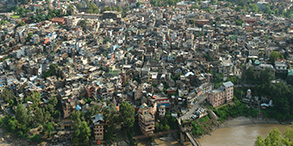
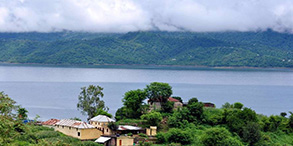
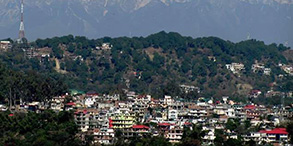
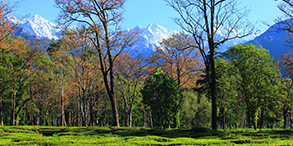
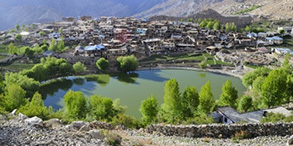
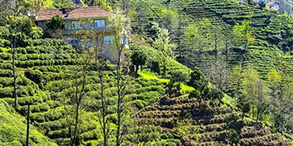
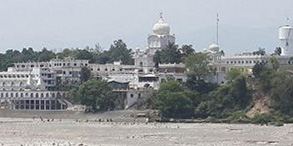

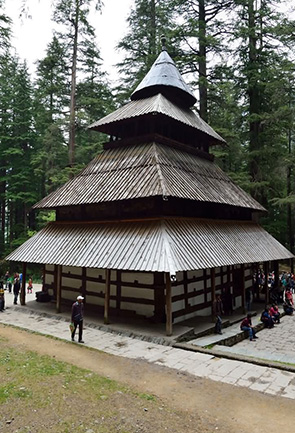
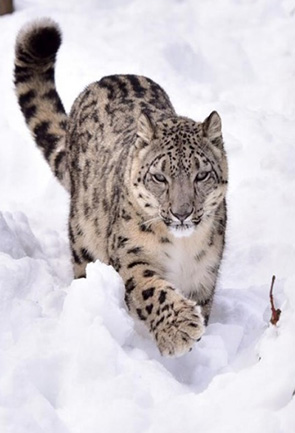

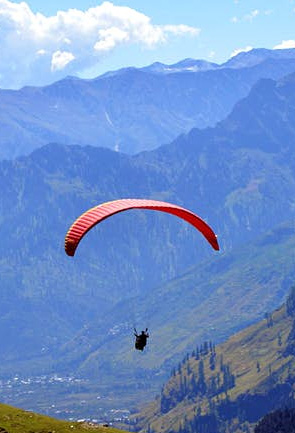

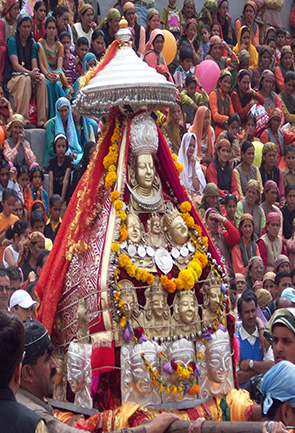
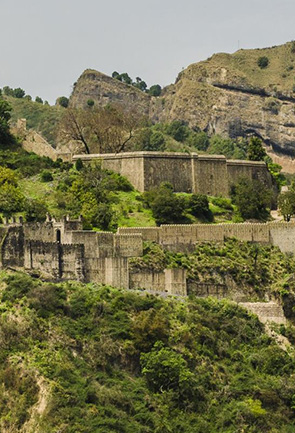



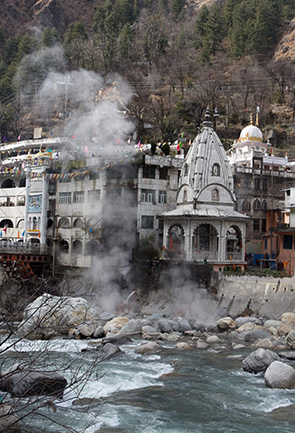
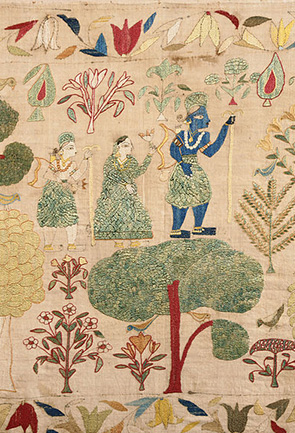


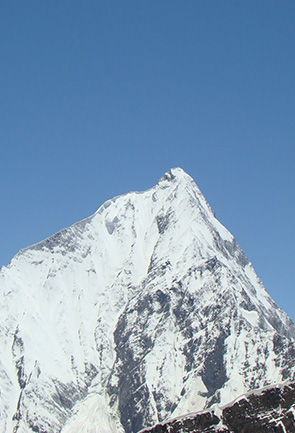


 Plan Trip
Plan Trip Call Us
Call Us Packages
Packages Home
Home